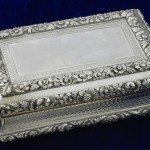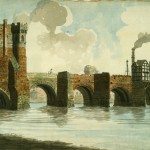Browse Times
1784-1791
1784
Henry Cort developed the puddling process for manufacturing iron.
1785
Edmund Cartwright developed the power loom for weaving. Engines produced by Matthew Boulton and James Watt were first used to power spinning machines in cotton factories. William Withering’s Account of the Foxglove and some of its medicinal uses was published. Anna Seward’s poem Colebrookdale was published.
1786
James Watt developed the centrifugal governor.
1787
Josiah Wedgwood helped to form the Society for the Abolition of the Slave Trade and he produced his medallion Am I a Slave and a Brother for the campaign.
1788
John Whitehurst died.
1789
Thomas Day died in Surrey.
1791
Priestley Riots. Destruction of the homes of Priestley, Baskerville and the homes of Withering, Hutton, the Taylors and others.
Joseph Priestley left Birmingham. Rebuilding of Jewish synagogue in Hurst Street, Birmingham. Catholic chapels and schools were legalised. Opening of the world’s first Irvingite or Swedenborgian chapel in Birmingham.
Articles in this time period
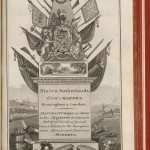
Russian Military Visitors
Image: Blair and Sutherlands, Gun Makers, Brook Street and Harper’s Hill, Birmingham. Advertisement from Bisset’s Magnificent Guide, or Copperplate… read more »
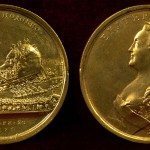
Russian Visitors to the English Midlands
Text: Olga Baird Image: Russian Medallion to commemorate the erection of Peter the Great’s statue in 1773. Peter the… read more »
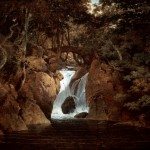
Rydal Waterfall
Virgil was a famous Roman poet who died in 19 BC. His tomb was located in the… read more »

Self Portrait at the age of 20 by Joseph Wright
Joseph Wright of Derby (1734-1797). Oil on canvas. Image from: Derby Museum & Art Gallery
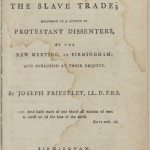
Sermon on the Slave Trade by Dr Joseph Priestley
A SERMON on the subject of THE SLAVE TRADE; delivered to a society of PROTESTANT DISSENTERS, at… read more »
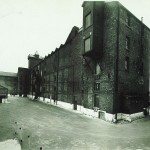
Shrewsbury’s Industrial Context
Image: The main mill at Ditherington from the west, c.1945. Image from: Shropshire Archives Ditherington Mill developed as part… read more »
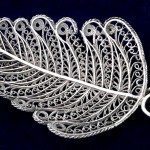
Silversmiths and Silverware in late 18th and early 19th century Birmingham
Image: Silver caddy spoon, probably by Samuel Pemberton, c.1800. The delicate design is created by a filigree technique… read more »
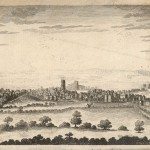
Sir John Floyer and Lichfield
Image: South-west view of Lichfield, an eighteenth century print engraved by J Ryland and published in John Jackson, History… read more »
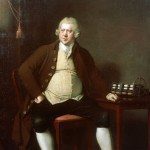
Sir Richard Arkwright: Industrialist
The art of portraiture was changing during the Industrial Revolution. The expansion of commerce and industry in… read more »
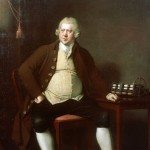
Sir Richard Arkwright: Industrialist
Image: Portrait of Sir Richard Arkwright (1789-1790). Joseph Wright of Derby, Oil on Canvas. Text: Olga Baird… read more »
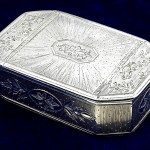
Snuff Box
This silver box is engraved with a bright-cut decoration, similar in design to several Samuel Pemberton toothpick… read more »
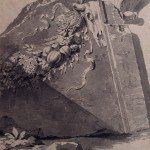
Study of Fragment of a Classical Frieze, Rome (1774)
Image: Joseph Wright of Derby (1734-1797), Pencil, pen and grey ink and grey wash. Image from: Derby Museum &… read more »
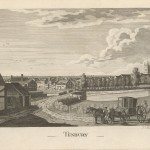
Tenbury
TENBURY LIES upon the borders of Worcestershire, towards the north-west, and joins the parish of Burford in… read more »
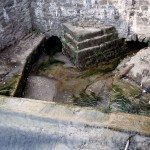
The “Bear Pit”, Cromford, Derbyshire
Known to locals as the “Bear Pit”, this example of hydraulic engineering was constructed in 1785 by… read more »
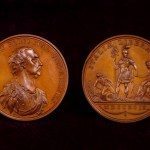
The A.V. Suvorov Medal
Image: Count Alexander Suvarow, Liberator of Italy. 1799. Designed by Conrad Heinrich Kuchler. Image from: Birmingham Assay Office (25)… read more »
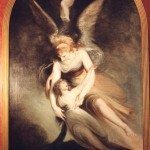
The Apotheosis of Penelope Boothby, 1792, Henry Fuseli
Henry Fuseli (1741-1825, b. Zurich – d. London) Wolverhampton Art Gallery. OP 79. Presented by George Cheadle… read more »
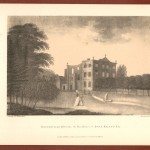
The Attack on Baskerville House
Image: Baskerville House, Residence of John Ryland Esq., from The Riots at Birmingham, July 1791. The publication was republished… read more »
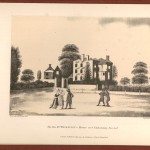
The Attack on Priestley’s House at Fair Hill
Image: The Rev Dr Priestley’s House and Laboratory, Fair Hill from The Riots at Birmingham, July 1791. The publication… read more »
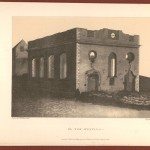
The Attack on the New and Old Meeting Houses
Image:The New Meeting from The Riots at Birmingham, July 1791. The publication was republished by Arthur Bache Matthews,… read more »
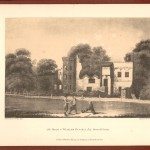
The Attack on William Russell’s House at Showell Green
Image: The House of William Russell, Esq., Showell Green from The Riots at Birmingham, July 1791. Image by courtesy… read more »
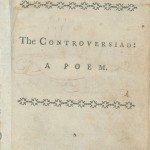
The Controversiad: A Poem
Frontispiece of the Controversiad by Gregory Dominic. THE CONTROVERSIAD; OR, A TIP AT THE RUCK. A POEM.… read more »
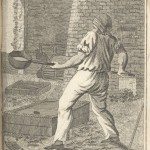
The Cyclops: Addressed to the Birmingham Artisans, Anonymous
Image: Ironfounder, The Book of Trades or Library of Useful Arts, Part II, third edition (London Tabart and Co,… read more »
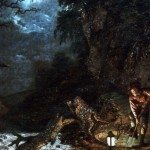
The Earthstopper on the Banks of the Derwent
Joseph Wright of Derby (1734-1797), Oil on Canvas Image from: Derby Museum & Art Gallery
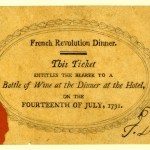
The French Revolution Dinner 14 July 1791
Image: French Revolution Dinner. This Ticket entitles the bearer to a Bottle of Wine at the Dinner at… read more »
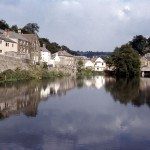
The Greyhound Pond, Cromford, Derbyshire
The pond was a man-made dam created in about 1785 to provide the main source of water… read more »
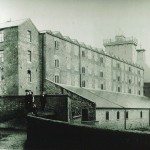
The Location of Ditherington Mill
Image: View of Ditherington Mill showing the Shropshire Canal and canal bridge in the foreground from an early… read more »
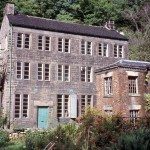
The Loom Shop, Cromford, Derbyshire
This three-storey building was probably Sir Richard Arkwright’s loom shop and was built between 1776 and 1786.… read more »
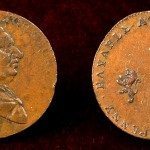
The occurrences of common life: Samuel Johnson, Practical Science and Industry in the Midlands
Image: 18th Century Birmingham trade token (n.d.). H Biggs halfpenny with a bust of Dr Samuel Johnson and… read more »
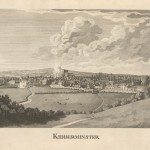
The Origins of Carpet Making in Kidderminster
Image: Kidderminster (c. 1777) Thomas Sanders, Perspective Views of Market Towns within the County of Worcester (c. 1777).… read more »
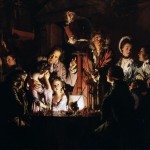
The other side of the Coin: Women and the Lunar Men
Image: Joseph Wright of Derby (1734-1797), An Experiment on a Bird in an Air Pump(Exhibited 1768). Oil on Canvas.… read more »
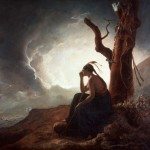
The Philosophical Context: From Optimism to Realism
The Widow of an Indian Chief watching the Weapons of her deceased Husband (1785). Joseph Wright of Derby 1734-1797),… read more »
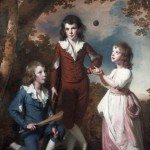
The Wood Children
Joseph Wright of Derby (1734-1797), Oil on Canvas Image from: Derby Museum & Art Gallery
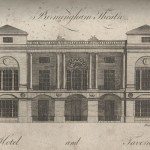
The Wyatts, Architects of the Age of Enlightenment
Image: An engraving of Samuel Wyatt’s classical façade for the Theatre Royal, New Street, Birmingham, from William Hutton’s History… read more »
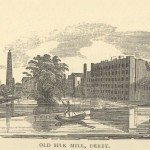
Thomas Lombe (1685 – 1739)
Image: Old Silk Mill, Derby. John Keys, Sketches of Old Derby and Neighbourhoods(London and Derby, 1895) Two brothers were… read more »
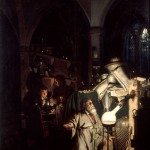
Thomas Wedgwood: the Godfather of Photography
Image: The Alchymist in Search of the Philosopher’s Stone, (Exhibited 1771), Joseph Wright of Derby (1734-1797). Oil on… read more »
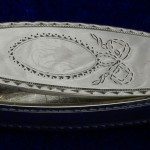
Toothpick box
The hidden hinge and decorative features are typical of neo-classical designs.

Upper Mill, Cromford, Derbyshire
The photograph shows four buildings. The Upper Mill in the centre was constructed in 1771 as a… read more »
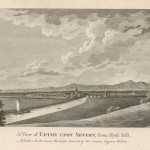
Upton
UPTON, IS a small but neat market town, supposed by Dr. Stukeley to have been known to… read more »
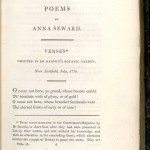
Verses written in Dr Darwin’s Botanic Garden by Anna Seward
[From “”Poetical Works of Anna Seward, Vol 2″”] [1] POEMS BY ANNA SEWARD. VERSES* WRITTEN IN DR… read more »
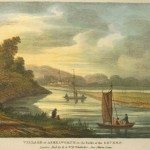
Village of Ashelworth, Gloucestershire on the banks of the Severn
From Picturesque Views of the Severn, 1824 by Thomas Harral
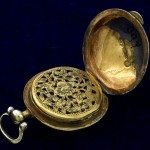
Vinaigrette
This image shows the intricate inside of a vinaigrette based on the design of a watch case.
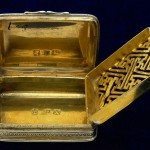
Vinaigrette
This image shows the inside of the vinaigrette. The outside shows an image of a hare hiding… read more »
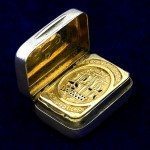
Vinaigrette
Vinaigrette, Nathaniel Mills, 1837, inside view, with a view of Kenilworth Castle on lid.
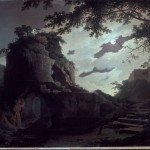
Virgil’s Tomb (1782)
Image: Joseph Wright of Derby (1734-1797). Oil on canvas. Image from: Derby Museum & Art Gallery Virgil was a… read more »
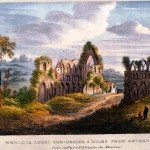
Wenlock Abbey, Shropshire, three miles from the Severn
From Picturesque Views of the Severn, 1824 by Thomas Harral
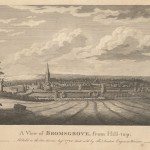
William I to William III: Farmers, Craftsmen and Traders
Image: A View of Bromsgrove from Hill Top. Thomas Sanders, Perspective Views of the Market Towns within the… read more »
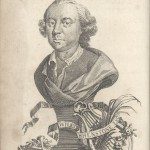
William Shenstone, The Leasowes, and Landscape Gardening
William Shenstone was born in 1714 and died in 1763. His fame rests on his reputation as… read more »



